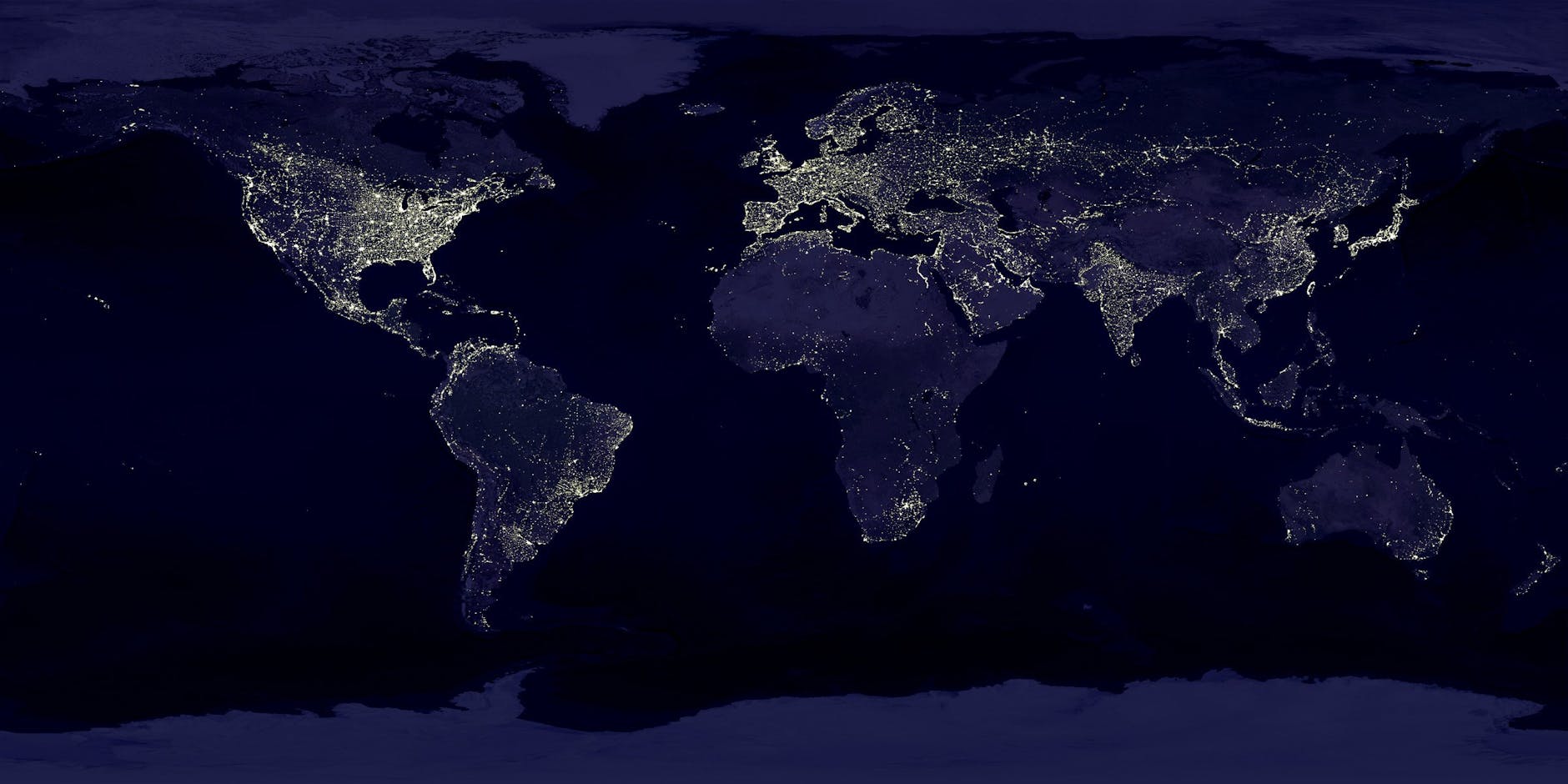Climate change is one of the most pressing issues of our time, affecting every aspect of life on Earth. In the United States, climate action has become a critical focus, with efforts divided into two main strategies: mitigation and adaptation. Understanding these strategies and their differences is essential for comprehending the full scope of climate action in the US.
What is Climate Action?
Climate action refers to the steps taken to address and combat climate change. This includes reducing greenhouse gas emissions, enhancing carbon sinks, and preparing for the impacts of climate change that are already occurring or anticipated. In the US, climate action is driven by federal, state, and local governments, as well as private sector initiatives and community efforts.
Mitigation: Reducing the Causes of Climate Change
Mitigation involves efforts to reduce or prevent the emission of greenhouse gases. The goal is to limit the magnitude and rate of long-term climate change. According to NASA, mitigation strategies include reducing sources of these gases, such as the burning of fossil fuels for electricity, heat, or transport, and enhancing “sinks” that accumulate and store these gases, like forests and oceans.
Key Mitigation Strategies in the US
- Transition to Renewable Energy: One of the primary mitigation strategies is shifting from fossil fuels to renewable energy sources such as wind, solar, and hydroelectric power. This transition reduces the carbon footprint of energy production.
- Energy Efficiency: Improving energy efficiency in buildings, transportation, and industries can significantly reduce greenhouse gas emissions. This includes adopting energy-efficient appliances, retrofitting buildings, and promoting public transportation.
- Carbon Pricing: Implementing carbon pricing mechanisms, such as carbon taxes or cap-and-trade systems, incentivizes businesses to reduce their carbon emissions. This economic approach aims to internalize the environmental costs of carbon emissions.
- Reforestation and Afforestation: Planting trees and restoring forests enhance carbon sinks, which absorb more carbon dioxide from the atmosphere. This is a natural and effective way to mitigate climate change.
- Technological Innovations: Investing in research and development of new technologies, such as carbon capture and storage (CCS), can help reduce emissions from industrial processes and power generation.
Adaptation: Adjusting to the Impacts of Climate Change
Adaptation involves making adjustments in our social, economic, and environmental practices to minimize the damage caused by climate change. As the World Wildlife Fund (WWF) explains, adaptation means altering our behavior, systems, and—in some cases—ways of life to protect our families, economies, and the environment.
Key Adaptation Strategies in the US
- Infrastructure Resilience: Strengthening infrastructure to withstand extreme weather events, such as hurricanes, floods, and heatwaves, is crucial. This includes building sea walls, improving drainage systems, and designing buildings to be more resilient to climate impacts.
- Water Management: Climate change affects water availability and quality. Adaptation strategies include improving water conservation, developing drought-resistant crops, and enhancing water infrastructure to manage both scarcity and excess.
- Public Health Initiatives: Climate change poses significant risks to public health, including heat-related illnesses and the spread of diseases. Adaptation measures include developing early warning systems, improving healthcare infrastructure, and promoting community health education.
- Ecosystem Protection: Protecting and restoring natural ecosystems, such as wetlands and mangroves, can provide natural barriers against climate impacts like storm surges and coastal erosion. These ecosystems also support biodiversity and provide essential services to communities.
- Community-Based Adaptation: Engaging local communities in adaptation planning ensures that strategies are tailored to specific needs and contexts. This includes participatory approaches to disaster risk reduction and sustainable land management practices.
The Difference Between Mitigation and Adaptation
While both mitigation and adaptation are essential components of climate action, they serve different purposes and involve different approaches.
Mitigation
- Objective: To reduce or prevent the emission of greenhouse gases and limit the extent of future climate change.
- Focus: Long-term reduction of climate change causes.
- Examples: Transitioning to renewable energy, improving energy efficiency, reforestation, and carbon pricing.
Adaptation
- Objective: To adjust to the current and anticipated impacts of climate change, minimizing harm and exploiting potential benefits.
- Focus: Short-term and long-term adjustments to cope with climate impacts.
- Examples: Building resilient infrastructure, managing water resources, protecting public health, and conserving ecosystems.
The Importance of Integrating Mitigation and Adaptation
Effective climate action requires a balanced approach that integrates both mitigation and adaptation strategies. As the Climate Reality Project highlights, no single path will suffice to achieve a just and livable future. Both strategies are necessary to address the multifaceted challenges of climate change.
Synergies Between Mitigation and Adaptation
- Sustainable Agriculture: Practices such as agroforestry and conservation tillage can reduce emissions (mitigation) while improving soil health and crop resilience (adaptation).
- Urban Planning: Designing cities with green spaces and efficient public transportation can lower emissions (mitigation) and enhance urban resilience to heatwaves and flooding (adaptation).
- Renewable Energy: Deploying renewable energy systems can reduce reliance on fossil fuels (mitigation) and provide reliable energy sources during climate-related disruptions (adaptation).
Overall, climate action in the US encompasses a wide range of strategies aimed at both mitigating the causes of climate change and adapting to its inevitable impacts. Understanding the distinction between mitigation and adaptation is crucial for developing comprehensive and effective climate policies. By integrating these approaches, the US can work towards a sustainable and resilient future, protecting both the environment and the well-being of its citizens. As we face the escalating challenges of climate change, the role of precise, comprehensive climate data has never been more critical. Join me tomorrow as we delve into how this invaluable resource is shaping climate action and driving us towards a more sustainable future.
